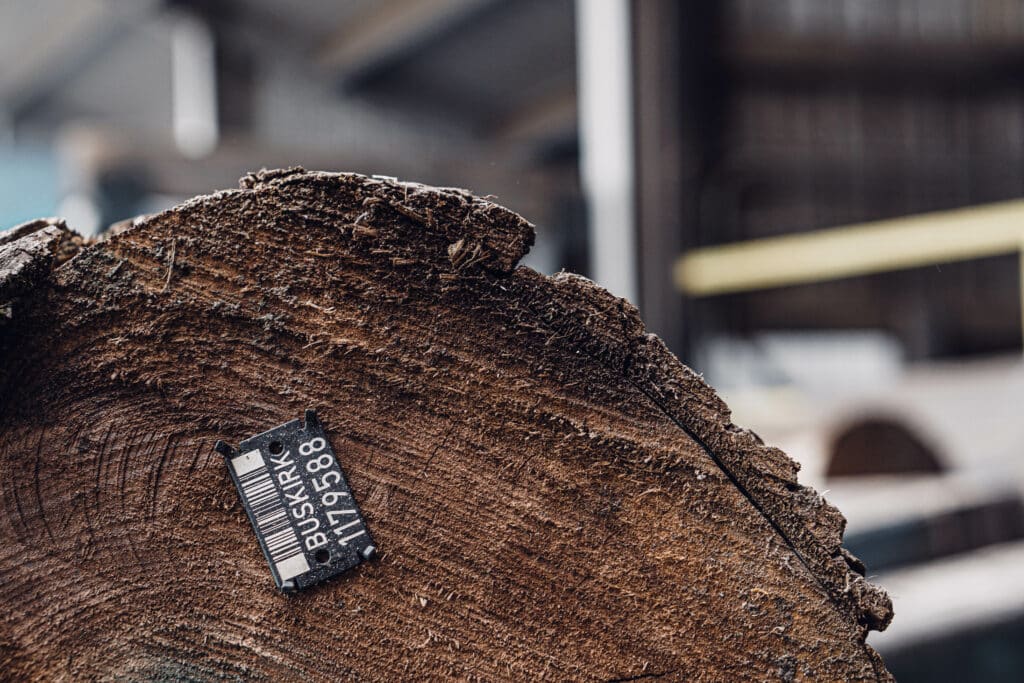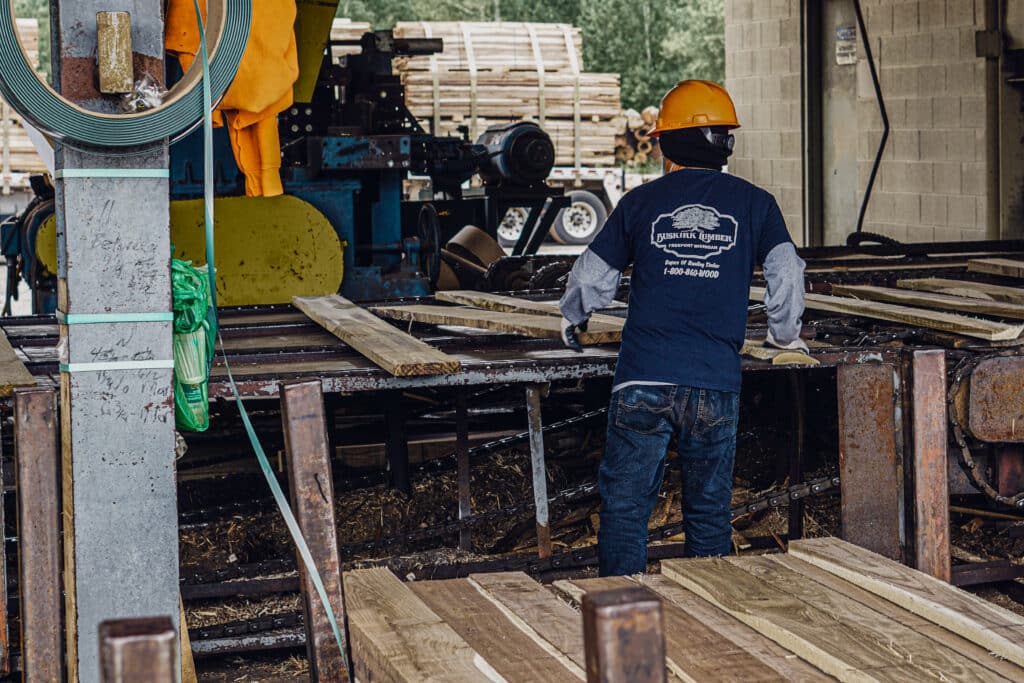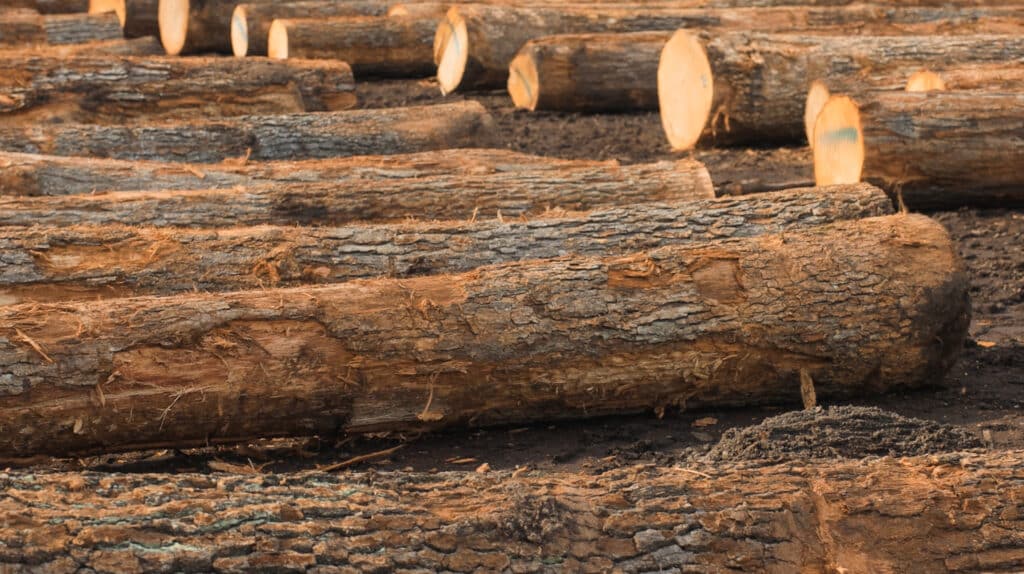Why do they matter to you and your woodlot?
Did you know that your hardwood trees have grades? These grades are a classification that reflect the overall quality and intended use of timber. This grading system is based on established industry standards that take into account knot size and frequency, slope of grain, and any defects present.
But what are the different grades and what do they mean for your woodlot? Keep reading to learn more.
About Hardwood Lumber Grades and NHLA Grading Rules
Hardwood lumber is typically graded on the size and amount of pieces that can be made from a board when manufacturing a product. Grading rules, created by the National Hardwood Lumber Association (NHLA), are intended to offer a measurable percentage of defect-free or “clear” wood for each grade.
Offering long and wide cuttings, higher grades (FAS & Selects) are most commonly used for:
- Solid wood moldings
- Joinery products like door frames
- Architectural interiors
- High-quality furniture
The common grades (Number 1 Common, 2A/2B, & 3A/3B) are most commonly used for:
- Furniture parts
- Plank & strip flooring
- Kitchen cabinets
It’s important to note that the pieces made from the common grades are the same defect-free wood, just in narrower or shorter pieces. Grade names only indicate the percentage of clear wood in a board, not appearance.

NHLA Lumber Grades
FAS Grade Lumber
Firsts and Seconds, or FAS grade lumber, is one of the highest lumber grades available, providing long and clear cuttings. Due to its higher quality nature, FAS lumber is typically more expensive than the lower grades—but is worth the investment when it comes to applications like premier furniture or cabinetry where appearance and durability are most important.
FAS lumber meets strict quality standards set by the NHLA and is characterized by:
- Minimum board size of 6 inches by 8 feet long
- At least 83.3% clear of defects (knots, splits, etc.)
- Clear cuttings must be a minimum of 3 inches by 7 feet long or 4 inches by 5 feet long.
Both faces of the board must meet the minimum requirement for FAS.
Select Grade Lumber
Select grade lumber is characterized by its consistent color and grain, is associated with the northern regions of the USA, and is commonly shipped with FAS grades. As a higher grade of hardwood lumber free from strength- and appearance-related defects, Select grade lumber is more expensive than lower grades.
Select lumber meets the NHLA standards of:
- Being clear of all knots and defects on one side
- Having only minor blemishes or imperfections on the opposite side
- Being straight, flat, and free of warping
- Minimum board size of 4 inches by 6 feet long
#1 Common Grade Lumber
#1 Common grade lumber, also referred to as “cabinet grade” because of its adaptability to standard cabinet sizes in the USA, is a mid-range grade between Select and #2 Common.
#1 Common grade lumber meets NHLA’s grading system, requiring the lumber be:
- At least 3 inches wide and 4 feet long
- At least 66.6% clear of defects
Both faces of the board must meet the minimum requirement for #1 Common.
2A/2B Grade Lumber
2A/2B, a mid-range grade between #1 Common and #2 Common, has more natural defects, knots, and color variation than the higher grades, but is still used in many applications such as furniture, millwork, flooring, and cabinets. It is commonly referred to as the “economy grade” because of its more affordable price and wide range of applications.
According to NHLA Standards, 2A/2B grade lumber must be:
- A minimum of 3 inches wide and 4 feet long
- At least 50% clear of defects
3A/3B Grade Lumber (or #2 Common)
3A/3B grade lumber, also called #2 Common or thirds, is a lower-grade lumber characterized by more defects, knots, and color variation in its appearance. This type is used often in pallets, crates, and construction applications where appearance is not the highest priority.
3A/3B grade lumber meets NHLA standards that require the lumber:
- Is a minimum of 3 inches wide and 4 feet long
- Have at least one face 33.3% clear of defects
- Be free of decay, stain, or other defects that compromise the structural integrity

Why Lumber Grades Matter When Selling Your Hardwood Timber
Higher grades indicate higher quality and will be associated with a higher value. The quality of your trees is evident in the inherent characteristics of the wood, including its appearance and structural strength. High-quality timber will have minimal knots, uniform color, and attractive grain patterns.
Discover the quality and grade of your hardwood with a timber appraisal. Our experienced timber procurement team offers comprehensive timber assessments in Michigan’s lower peninsula, Northern Indiana, or Northern Ohio. To get started, send us a message online or call our timber procurement department at 800-860-WOOD.
Buskirk Lumber: Buyers of Quality Standing Timber & Sawmill
With the timber we purchase, we are able to create hundreds of finished end products at our sawmill, including a selection of grade hardwood lumber. We produce a variety of cuts in popular sizes including 4/4, 6/4, 8/4, and 12/4, as well as custom made-to-order cuts.

